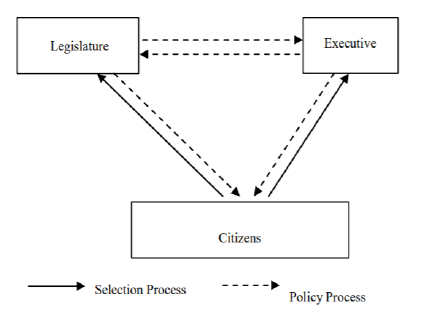EU POLITICAL SYSTEM
STEP 2. The EU as a ‘political system’
In order to understand the EU as a ‘political system’ we first need to clarify what we mean by ‘political’ and by ‘system’.
Generally, a system is a group of regularly interacting or interdependent elements that, while maintaining their own properties, form a unified whole. In the case of political systems, there are three main elements that integrate each other to form a unified whole and a common system.
-
- The first element is politics, intended as the use of political power, i.e. the actors that have
positions with government responsibilities and that produce binding decisions. For example, who decides and who owns the political power in your country? The authorities of your country, such as the government, indeed represent the ‘politics dimension’ of the political system you are living in.
- The first element is politics, intended as the use of political power, i.e. the actors that have
-
- The second element is polity. It refers to the civil and political society inside the system, i.e. the group of people with a collective identity, a common institutional system, rules and authorities within specific territorial boundaries. You and your friends definitely contribute to form the polity of your country.
- Finally, the third is policy, namely public actions for governing public topics and problems. All the public policies adopted by your government to solve problems or to address citizens’ demands constitute the ‘policy dimension’ of the political system you are living in.
These three elements interact and make a common system in the sense that citizens (polity) generate some inputs in terms of political demands; political actors and authorities (politics) select and process these inputs and transform them into political decisions, thereby producing outputs and policies (policy). Citizens then provide feedback on these policy decisions and this feedback in turn contributes to shape new inputs.
 To give you a snapshot of this interaction, look at the figure below.
To give you a snapshot of this interaction, look at the figure below.

